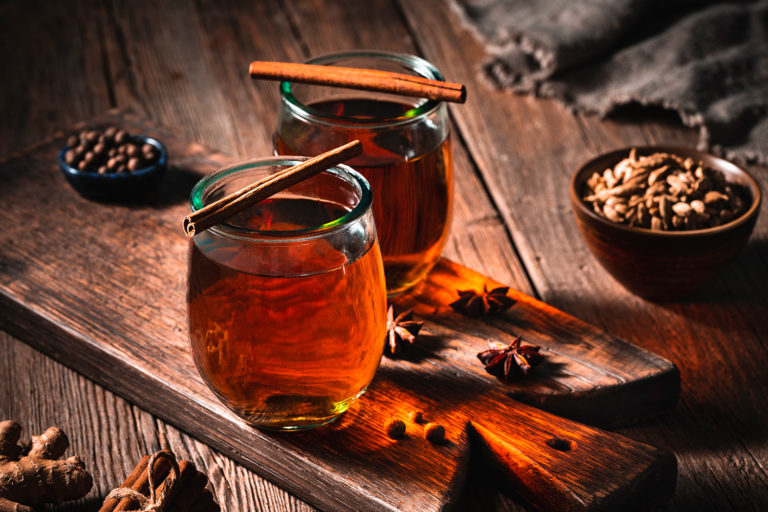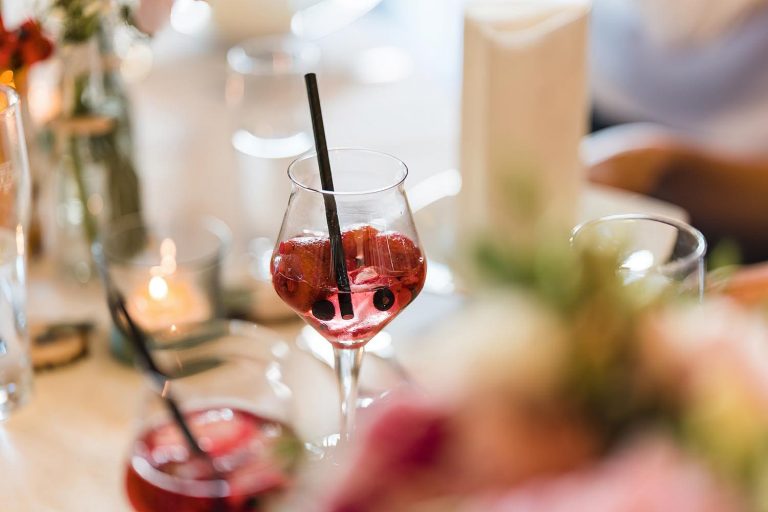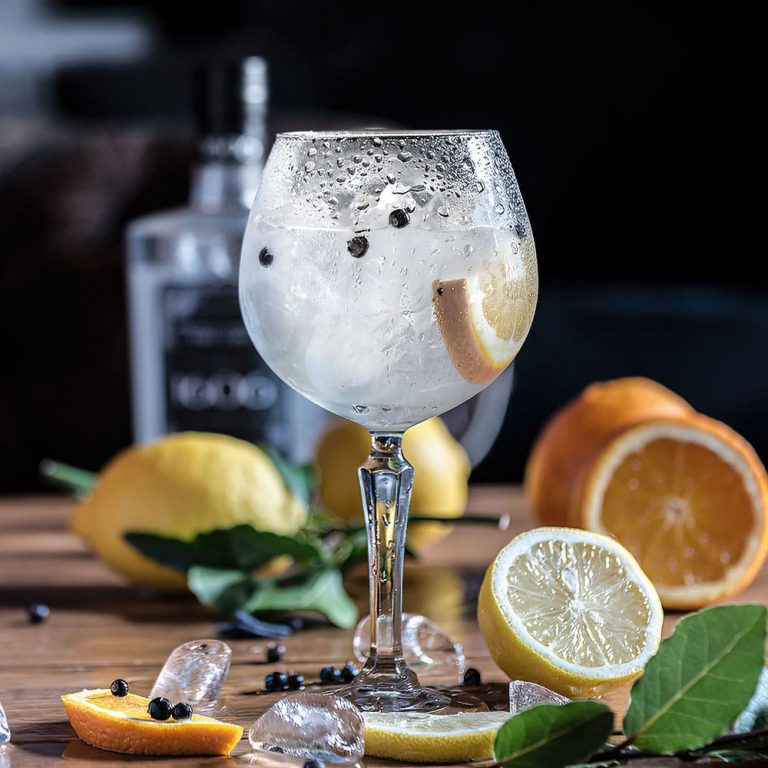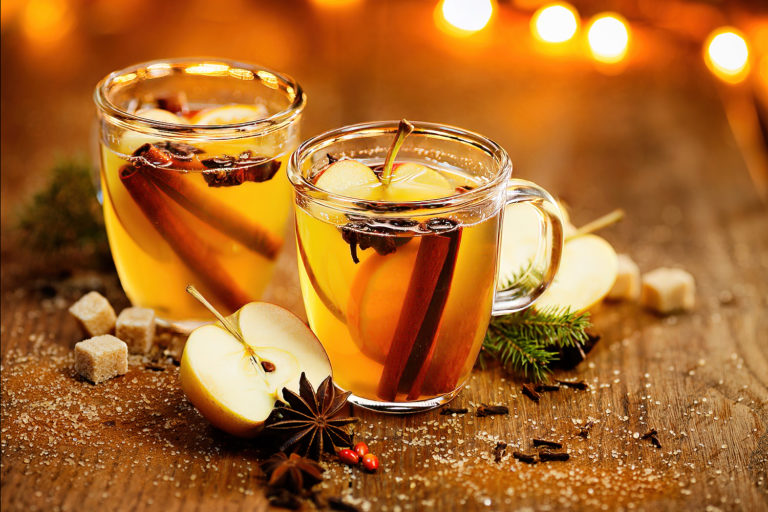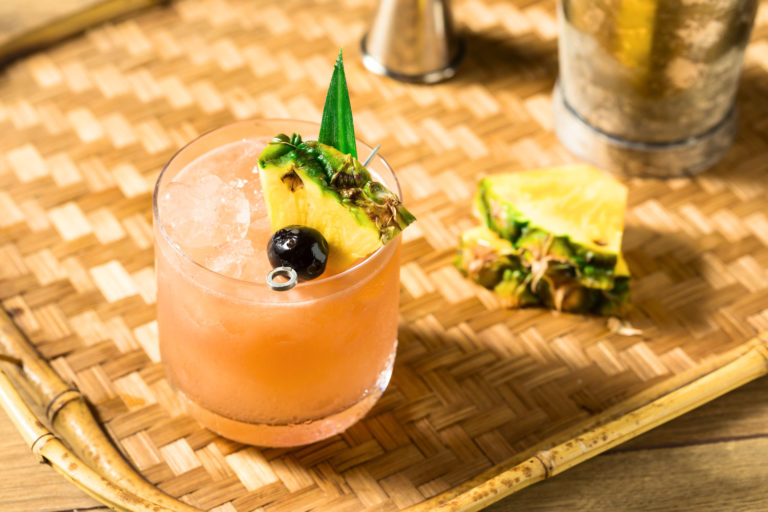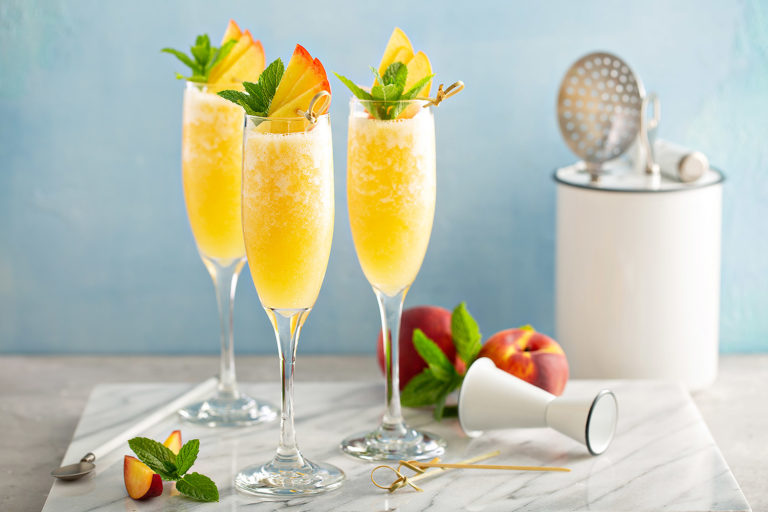Where comes the original Jagertee recipe
The punch originated in the 19th century. The original recipe for Jagertee comes from Austria, with the provinces of Tyrol and Vorarlberg claiming the invention of Jagertee. The only indisputable fact is that it was invented somewhere in the Alpine region. From here it began its triumphal procession as a warming hot drink, which today is enjoyed mainly during après-ski.
Thanks to its growing popularity, it has been increasingly offered as a ready-to-drink beverage since the early 2000s. Since manufacturers outside Austria also marketed their product profitably under the name Jagertee, Austria had the designations Jagertee, Jagatee and Jägertee legally protected. Since 2008, these three terms have been a protected designation of origin within the EU. So if you find one of the above designations on a bottle in the supermarket, you can be sure that it is an original from Austria.
However, its warming properties were known even before the times of modern party culture. As its name suggests, the hot drink was originally invented by Austrian hunters or forest workers. These wanted to warm themselves during the cold winter months and mixed Inländerrum and Obstler* in their freshly brewed tea. Quickly, today’s classic made the rounds and eventually made it to the party scene. A cottage party without the popular punch is almost unthinkable today.
Since the original recipe of the first Jagertee has not been handed down, we can only guess what its historically correct composition was. Vacuum jugs had not yet been invented, which is why the tea was always freshly brewed. However, hip flasks were already known in the 18th century and could easily be used by forest workers. Even then, they offered an easy and space-saving way to transport alcohol. Probably at some point two huntsmen shared their spirits, which is why today it is prepared with Obstler* and rum*. Cloves and cinnamon sticks were rarely on hand during the hunt and were therefore added later. The first original hunting tea was probably simply a hot black tea with a shot. Sounds unspectacular, but plausible.
Jagertee with red wine? You’re welcome!
Even though the original Jagertee recipe was hardly made with red wine, wine in it is not considered sacrilege – after all, it is a close relative of the German Glühwein. If you ask ten Austrians for their recipe for the best Jagertee, you’ll get ten different answers: with red wine, without red wine, and even with orange juice. When it comes to winter punch, even in its tradition-conscious homeland, (almost anything) that tastes good is permitted!
The recipe with wine differs only slightly from the original. Instead of a liter of tea, take a half and reduce the rum and Obstler from 120 to 80 ml so that the alcohol content doesn’t go through the roof. You add the wine in the second step and just boil your punch. Boiling it would cause it to lose flavors. Et voilà – Ready is the variant with wine.
What is the difference between hunter’s tea, cottage tea and forester’s tea?
As already mentioned, the designation Jagertee, Jagatee and Jägertee have been a protected designation of origin since 2008 and may only be used by products from Austria.
However, as the punch has gained popularity internationally in recent decades, it is marketed by manufacturers outside of Austria as Hüttentee or Förstertee.
In Germany, the designation Hüttentee is considered protected.
Is Jagertee and Grog the same thing
Both the Tyrolean “national drink” and its Caribbean brother the “grog” today consist largely of similar ingredients. The main difference of the grog is the absence of the Obstler and the use of South Sea rum instead of domestic rum.
Although today grog is prepared with tea, its authentic variant contains only hot water. An original grog is a sweetened, diluted rum that is drunk hot.
Concentrate and ready mixes: Buy Jagertee
As with any popular mixed drink, Jagertee can be purchased as a ready-made blend in supermarkets or wholesalers. If you ever keep your eyes open in winter, you’ll find it near mulled wine and the like.
At fairs, ready-made Jagerteekonzentrat is usually used. This is a syrupy mass with a high alcohol content, which only needs to be diluted with and heated. Depending on the strength, the mixing ratio can vary from 1:2 (concentrate / water) to 1:9. To maximize yield, it is readily diluted a bit more at fairs and the missing concentrate is replaced with cheaper sugar.
